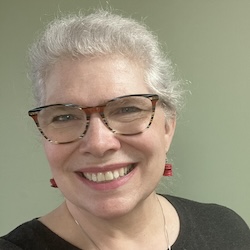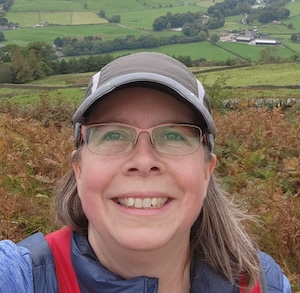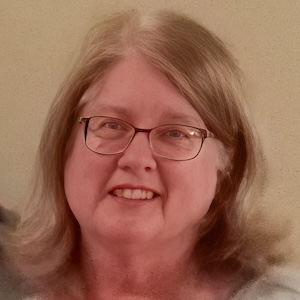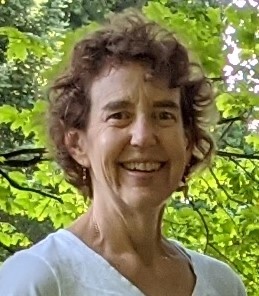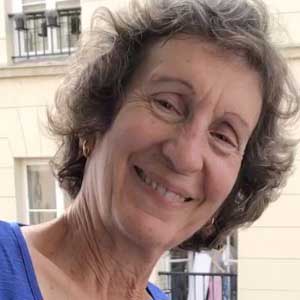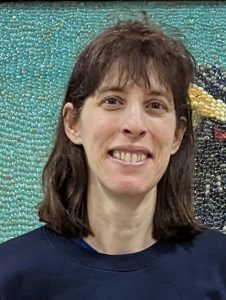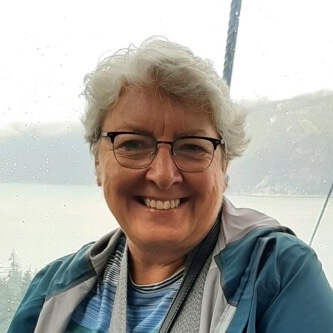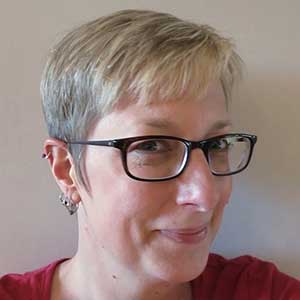The Guild received an open letter from one the judges of the knitting categories at the Minnesota State Fair. At the request of the sender, their name has not been included.
The author of the letter shared:
An open letter from the State Fair Knitting Judges
On behalf of the State Fair, we would like to thank everyone who participated in the hand knitted articles category this year. This year there were a whopping 581 pieces judged. This is down slightly from the highest number on record of 600 pieces that were judged in 2021. If you have been entering items for a while you would have noticed that over the years categories or lots have been added or modified to keep up with knitting trends and to better define the articles that qualify for each lot.
Before you enter
If you are considering entering hand knit items to the fair in 2024, be sure to carefully review the lots and the requirements for each. This information is posted on the State fair website under Creative Activities prior to the fair.
It is critical that your article be entered into the correct lot. If an article is entered into the wrong lot and the mistake is discovered prior to judging that lot, the judges will move it to the correct lot. If the mistake is discovered after the lot has been judged, the article may be disqualified from judging.
Note: only one entry per person is allowed in each category but you are free to enter in as many categories you would like.
Help us help you:
Please add a note when you submit your items if the pieces are made with handspun yarn or they are an original design as both of the details will be considered when judging your articles. You can also enter other information you would like us to consider regarding your items.
The Judging
The judges go to great lengths to be fair to each person submitting items. All the judging is done blind so we have no idea who submitted which item. Each item in a lot is judged against every other item in that lot so the number of items you are competing against will vary from year to year based on the popularity of any given lot. For example: Socks, hats, mittens and shawls are popular lots and can have large numbers of pieces submitted. Only the top 25 submissions in each lot will be judged; others will not receive comments from the judges.
At the start of judging all entries are separated by lots. At this stage if we find items submitted under the wrong lot, we will make any necessary adjustments. Items are measured and carefully reviewed to make sure they are meeting the criteria for the lot in which they are entered.
The judges work in pairs for smaller lots and as a team for the larger lots. Each entry is carefully reviewed and the top 5 articles are selected. These 5 are ranked and awarded ribbons, then evaluation cards are filled out for the top 5 and up to 20 other entries in each lot.
When all the lots are completed, the judges gather all the top ribbon winners from each lot and carefully review them for the Sweepstakes which represent the best knitted item in any general knitting lot, and the best afghan. Once the two Sweepstakes winners are chosen the judges distribute the Special awards based on the criteria listed for each award.
The scoring:
In order to make the judging consistent among all the judges the entry receiving the first place in any lot will receive a score of 99 and then, 98, 97 and so on for the top 5 entries assuming the judges felt the scores are warranted. In some cases, top scores are not awarded if the judges felt the submissions did not meet the standards for the ranking. Rankings below the top 5 are at the judge’s discretion. The score of 100 is reserved for the Sweepstakes winners only.
The judging cards:
The judging cards you receive are designed to help you understand what the judges saw in your article and how you can improve your work for future submissions.
Tips for success in entering articles:
Take some time to review the articles carefully and critically you wish to enter. Have you worked in all the loose ends, has the article been properly blocked, has pet hair been removed, if the article has been worn is it clean and pill free? Always keep in mind that often the smallest details separate the ribbon winners from all the other articles entered.
Consider the overall appearance of your pieces. Does the yarn selected enhance or detract from the stitch pattern? Highly textured or variegated yarns will hide stitch patterns and can hurt the overall appearance of the finished article. Careful pattern and yarn selection are a critical first step in the final appearance of your items.
Another critical factor is how even the gauge is across all the stitches and rows. Uneven or loose stitches are often the cause for a lower score. Cables turned the wrong direction or missed entirely, uneven color work, and laddered row changes, are also common and preventable mistakes that will lower your score.
Finishing is one of the major factors we look at when judging each item. Sock toes with thick seams or holes where the heels are attached, holes in mittens where the thumb joins the hand, very thick seaming, uneven seaming, and overall messy finishing will greatly affect your final score.
The level of difficulty is also a major contributing factor in the scoring. In the same lot there can be a simple Stockinette stitch item and a complex lace of textured stitch item. In every lot the level of difficulty is a consideration.
One final word:
Do the best work you can and be proud of what you have accomplished and proud to see your work among all the other items at the fair with or without a ribbon. Always remember there is always next year.
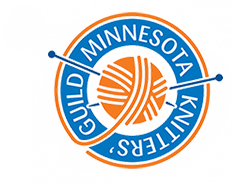

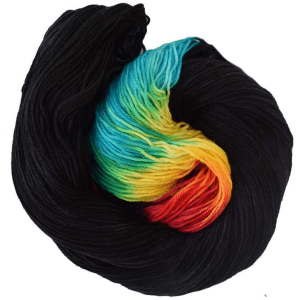
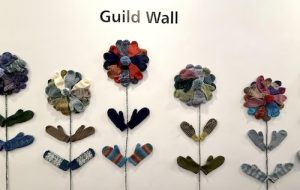
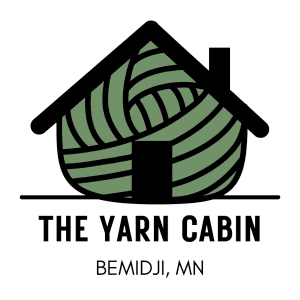
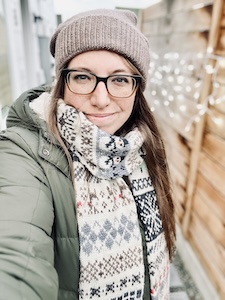
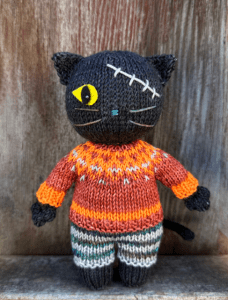
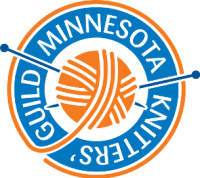
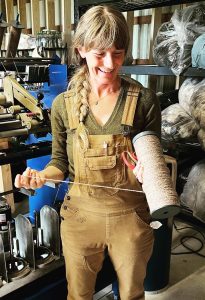 After growing up in the city and suburbs, the owners of Get Bentz Farm felt a need to be closer to nature and to be more connected to where their food came from.
After growing up in the city and suburbs, the owners of Get Bentz Farm felt a need to be closer to nature and to be more connected to where their food came from. 